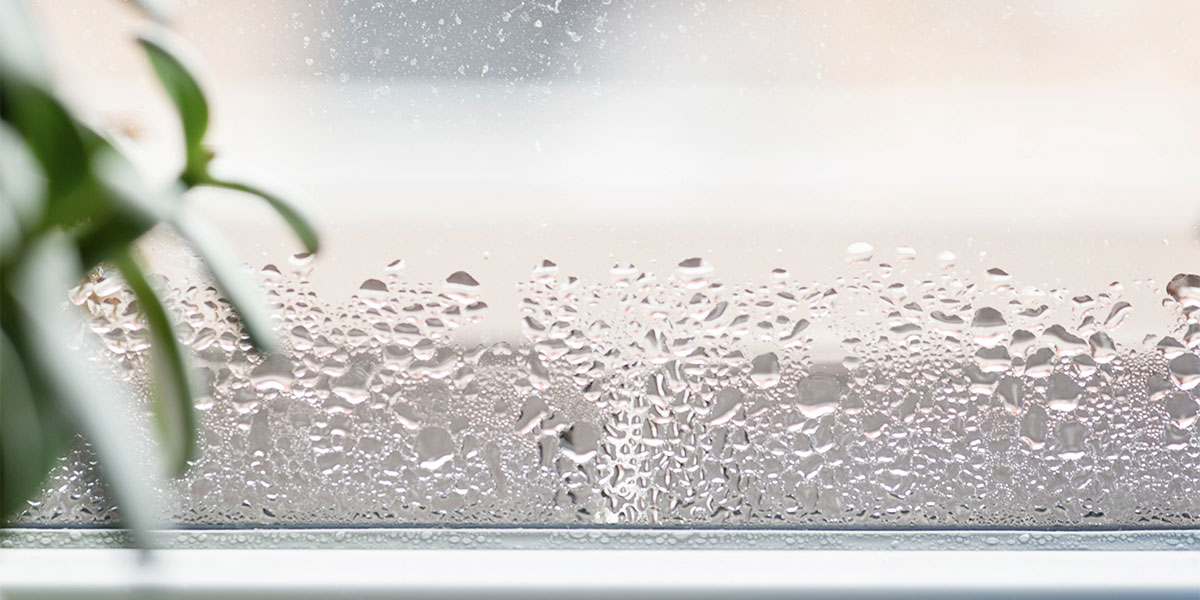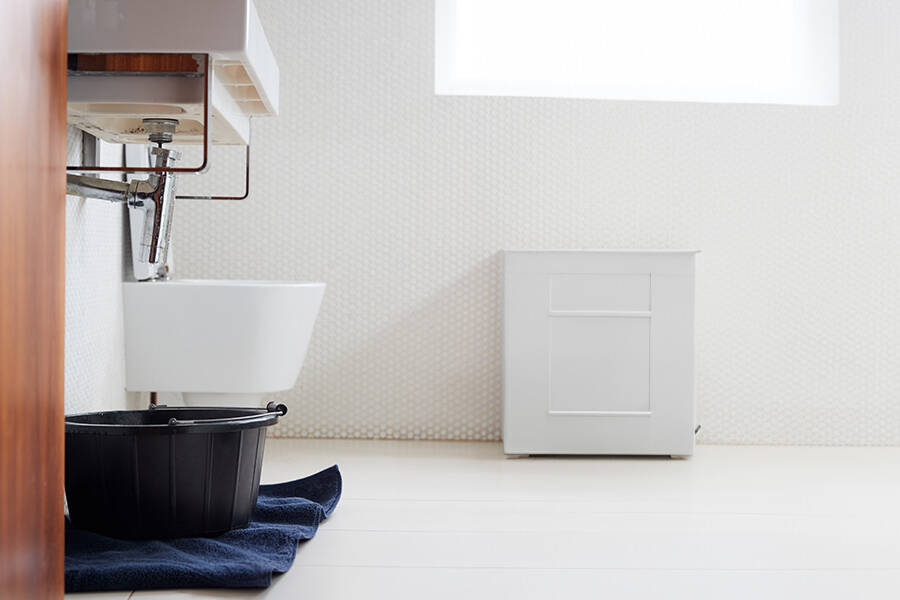Blog & News
The importance of controlling humidity levels – and what happens if you don’t

The importance of controlling humidity levels – and what happens if you don’t
Providing optimal indoor environmental quality includes regulating humidity levels, which is essential not just for the comfort of your residents but also to avoid conditions that are conducive to mold growth.
It is suggested to aim for between 30%-60% humidity in your residences, especially during the winter months.
Let’s look at some of the most important benefits of controlling humidity levels:
Improved health and comfort levels for residents
Common viruses, like the flu, are most easily transmitted when the environment is dry. Maintaining a consistent, stable relative humidity level makes it more difficult for illnesses to spread and therefore reduces the instance of sickness. High humidity can also lead to lethargy, congestion, and bodily discomfort, which can impact sleeping patterns and productivity levels. Help keep your residents sharp, alert and focused by maintaining healthy humidity conditions within their living spaces.
Avoid costly mold remediation
This is one of the most important benefits of all. Having to deal with the existence of mold inside a unit is not only one of the most expensive maintenance issues to tackle, but also an extreme inconvenience for both staff and residents. Between the health risks, tenant displacement while repairs take place, compensation for any damage to personal property, and the length of time it takes to complete remediation inside a unit, this is definitely an expense that property owners want to avoid.
Optimize HVAC performance
HVAC units aren’t designed to remove water vapor from the air. When high humidity levels are present HVAC systems must work significantly harder to condense and remove the moisture in the air, which often results in increased utility bills. Additionally, this strain on equipment can drastically impact the frequency and type of maintenance and repair required. The key to avoiding these unnecessary spikes in your maintenance and utility costs is to ensure that your HVAC units are always running efficiently, and controlling humidity levels is one of the best ways to do that.
Protect furniture, flooring, and other wooden surfaces
When humidity levels get too low, wood, leather, paper, and other natural materials can begin dry out. During the winter when the heating is being used and the air inside residences is drier than usual, wooden flooring loses some of its moisture and contracts or shrinks as a result. This can cause warping, cracking, or even gaps to appear between floorboards. Even if your property doesn’t contain wooden flooring, things like cabinets, wooden furniture, and even clothing can be affected and significantly damaged by low humidity levels.
Investing in a humidity mitigation solution can be one of the most efficient ways to protect your assets and contribute to the health and wellbeing of your residents. With TrustHab’s Humidity Control logic feature, we empower onsite teams to remotely monitor humidity in both vacant and occupied residences to ensure the appropriate levels are maintained at all times. Reach out to us today to learn more about how we do it.
To receive our next blog post directly in your inbox, sign up here…




